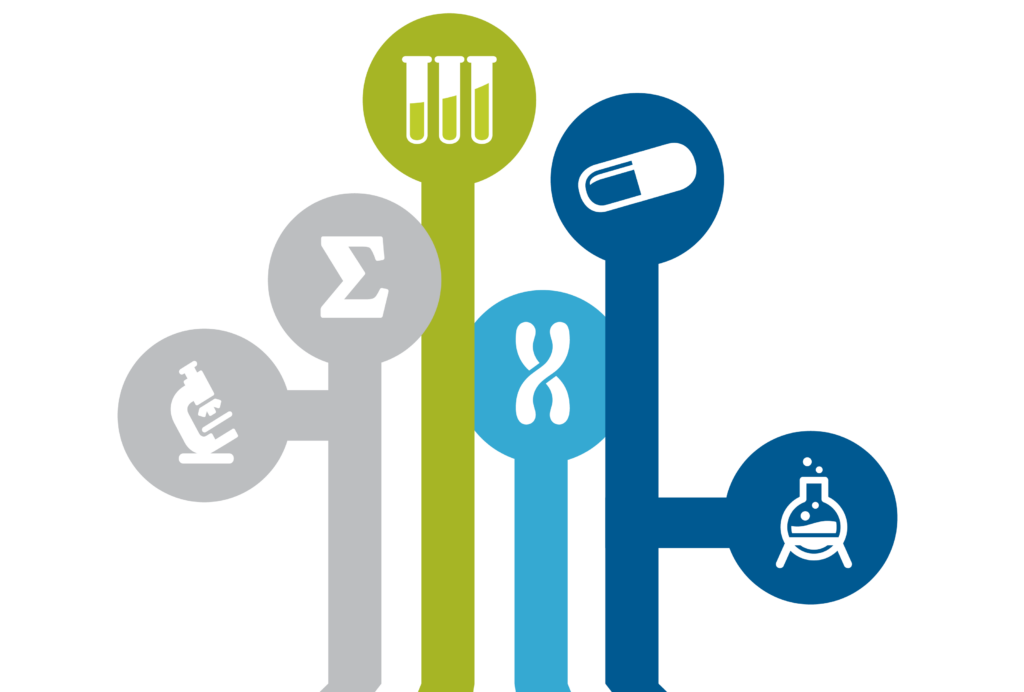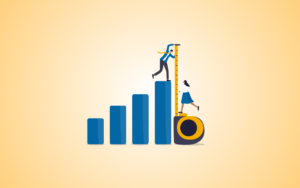The Pacific island nation of Papua New Guinea has less than 10 million inhabitants and more than 850 known languages. In many ways, it’s a real-world example of what takes place in the deep labs of science: Outsiders or non-scientists certainly don’t speak or understand the languages and even within the field, scientists can struggle to communicate between themselves. When you’re working at the level of recombinant memetics or the skin microbiome of a deep sea fish, it’s hard to find common ground. But it’s oh-so important.
In this article, we share tips for communicating science to non-scientists – and scientists alike. It’s about translating and de-jargoning the language, so the key concepts and findings can rise to the top.
Mastering these skills is invaluable for everything from science marketing, to presenting at conferences, to explaining – once and for all – what exactly you do at your next family Christmas. Get ready to learn, Uncle Steve…
Know the Enemy: Scientific Jargon Examples
Over the past few years, the science communication movement has grown, with a core aim of teaching scientists how to communicate their work more effectively. In a world rife with misrepresentation and misunderstanding around global warming, vaccines, and GMO foods, it’s simply imperative. (For example: if you conflate animal studies with human outcomes the Twitter account @justsaysinmice will come for you). To do this effectively, we need to build thoughtful paths around the sometimes-scary jargon and any terms that might be misleading.
Why is it such a big problem? Let’s take a look at a few common phrases to highlight what can go wrong:
- Double-blind randomized placebo-controlled trial: Those outside of the clinical trial space may be left wondering, “How can something be random and controlled at the same time?” With such a basic tenant being questioned right out of the gate, how will they interpret the rest of the data? While these two words are often used colloquially in a variety of contexts, they have very specific and distinct meanings within the medical community.
- PDF: Acronyms are another common source of confusion, especially in this example. PDF is something that most people are familiar with as a common file format, a portable document format. However, in statistics, PDF can mean probability density function.
- Calyx: Jargon can even be confusing to scientists in different fields. To botanists, this term refers to the sepals of a flower, while to neurologists, the calyx refers to the “Calyx of Held,” a particularly large synaptic structure that has a critical function in mammals’ sense of hearing.
Using confusing jargon in marketing can be extremely frustrating for your audiences, especially when they are actively searching for a solution to their problem or trying to make a decision between brands. So, how can you avoid this language when communicating with your audience about technical subjects? Flip the focus and approach it from the language that your audience uses colloquially.
If you are having trouble, you should first figure out exactly what counts as jargon for non-scientists with a little help from the De-jargonizer, a computer program specifically designed to help eliminate jargon from scientific communications with non-scientists. How bout that.
Alternatively, try explaining a concept using the ten hundred most common words in the English language, a concept used in the “Up-Goer Five” challenge.
And finally, don’t fill in the gaps with complex non-scientific words. Many professional science writers have read and re-read “The Elements of Style” by William Strunk Jr. to keep simplification and clarity top of mind. If you’ve gone to all the effort of de-jargoning your writing, why say ‘utilized’ instead of ‘used’ or include Shakespearean words that make sentences difficult to unpack.
How to Communicate Science Effectively
De-jargonizing is just a small piece of communicating science. There are a number of other effective strategies that can help marketers and scientists communicate technical details and ideas.
Know Your Audience
This is a golden rule for anyone in marketing, not only because it helps you target the wants and needs of your audience, but because it helps you shape your language and style. For starters, read what they read – from publications to blogs to peer-reviewed journals. Take note of what words, acronyms, and levels of data are commonly used. Even if you’re avoiding the use of acronyms yourself (as noted above), you’ll still want to get a grasp of what their language really means.
Next, tag in your digital team. They’re likely collecting rich information on what search terms your audience is using and what level of specificity and technical detail they’re comfortable with (i.e. are they searching for ‘mass spec’ or “reverse-phase LC-MS”?). Ultimately, the best test of whether you’re communicating on the right level is to run your writing by potential or existing customers to get their honest feedback on tone and complexity. Be sure to pick someone you have a strong relationship with already, though, so the ask isn’t out-of-place.
Analogies and metaphors
When done right, using analogies or metaphors to relate the technical details of science, which your audience may have no experience with, can be hugely effective. For instance, unless you are a chemist you may not understand what a “buffer” is and why it’s important. However, describing a buffer as a “shock absorber” can communicate that it helps prevent a disturbance, without needing to know the chemistry behind how it works or anything about pH.
Creating a Narrative
While storytelling and narratives hold a special place in popular culture, within scientific research it’s often overlooked or actively avoided due to the belief that it compromises the objectivity of the study and/or findings. In reality, it is a powerful tool for science communication.
Podcasts like RadioLab and StarTalk and other forms of media have turned this challenge into an art, by translating complex scientific topics into rich, creative narratives that appeal to many audiences. Narratives are persuasive, yes, but research has shown that audiences, whether they are scientists or non-scientists, find relatable stories easier to understand and more engaging than traditional forms of science communication, such as poster presentations and application notes. This is also why case studies are such an effective marketing tool: They introduce a challenge, an approach, and a solution in a narrative structure.

For more information on creating a story for a scientific audience, check out the white paper, “Content Marketing Insights: Connecting With a Scientific Audience” from the ACS Media Group.
As marketers, we constantly battle for the attention of our target audience in an increasingly noisy world. Discovering and using your target audience’s natural language is a critical part of being accepted and getting them to read your work.
It can be a challenging piece of the marketing puzzle, but by avoiding scientific jargon, and crafting a rich narrative with analogies tailored to your audience, you can translate almost anything. The world needs effective science communication (and your business), so it’s well worth the effort!


















